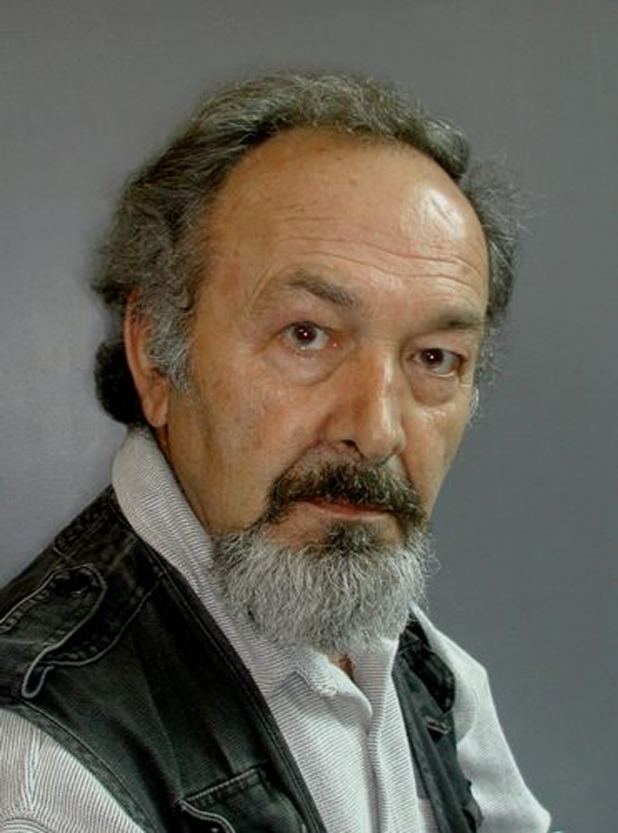Full Name Drago Dosen Known for Painting Role Artist | Name Drago Dosen Nationality Serbian | |
 | ||
Drago Došen (Serbian: Драго Дошен) is a Serbian artist. His paintings and drawings link him to the early 1970s generation of Belgrade painters who turned toward a fundamental experience of nature, reinstating the subject theme in their paintings.
Contents
Drago Došen was born in Bosnia in 1943. At a very early age, Došen dedicated himself to the art in which he showed a great talent that led him to a high school of art in Sarajevo.
Upon the completion of high school, Došen continued his studies in Belgrade, where he spent most of his career and established himself as an artist. He graduated from the Academy of the Applied Arts at the University of Belgrade in 1970.
Došen started exhibiting his work in 1975 throughout the former Yugoslavia and other parts of Europe. His work gained attention and it did not take long before his paintings received positive reviews from his fellow artists and the general public.
Throughout 20 years of exhibiting in a number of galleries in many countries, Došen managed to sell well over 400 paintings that went to private and public collections.
In 1995, Došen moved to New Zealand, where he continued to paint and exhibit his work. His recent work was inspired by the new surroundings at the nudist colony in Mangere.
Group exhibitions
Solo exhibitions
Reviews
Došen's painting is conceived in the subconscious of perception, more in the sphere of obscure recollections than in clearly defined forms of reality. He develops the perception rather than accepting it as it is, and so the form on his painting seems to be a late coming recognition of something once known but forgotten, something once loved but lost. His scenes take on the allure of a fanciful fabric of forms which reveals the intimate meaning of nature.
Remaining faithful to the shape of the subject, Došen defines it through the color value of form, thus achieving a calm but fluid and poetically-expressed atmosphere, an ambient of surrealistic space in which light lavishly showers the subject. Then the temporal element insinuates itself into the scope of the artist's imagination, flowing backwards from the present to the past in an introverted, nostalgic quest for the former life of the painting. More than being emotional or visual, this is truly a return to the spirit, to the spiritual; it is a search for the long-lost experiencing of the "painting", whose illusion now becomes reality. Remembrance or, more precisely, preconsciousness is transformed into a painting, the object of our observation, but this again has a twofold approach, pure image and symbol. Symbolism, however, is the backdrop of Došen's paintings.
The artist's imagination turns the perceivable into the poetic haze of the painting, into the form and content of a new reality in artistic awareness.
Bošnjak, Sreto (February 1977), DUGA Magazine
Došen's scenes are woven from fine pigment, dreams and nostalgia. They are executed in an almost-forgotten watercolor technique that is rather unusual in our day and age. They reflect the minute craftsmanship of the Northern Renaissance, a touching Neo-Classicism that seems to have gone astray in an age of brutality, the persistence of someone who recalls his native soil with enduring love...
The fluid, nostalgic ambient of these scenes is brought to life by Došen's ink drawing and watercolors. We can say without exaggeration that Došen has mastered this technique to its pinnacle of perfection.
Došen's scenes conjure up an extraordinary atmosphere, a romantic note resting on the dividing line between present-day aspirations and the heritage of the past.
